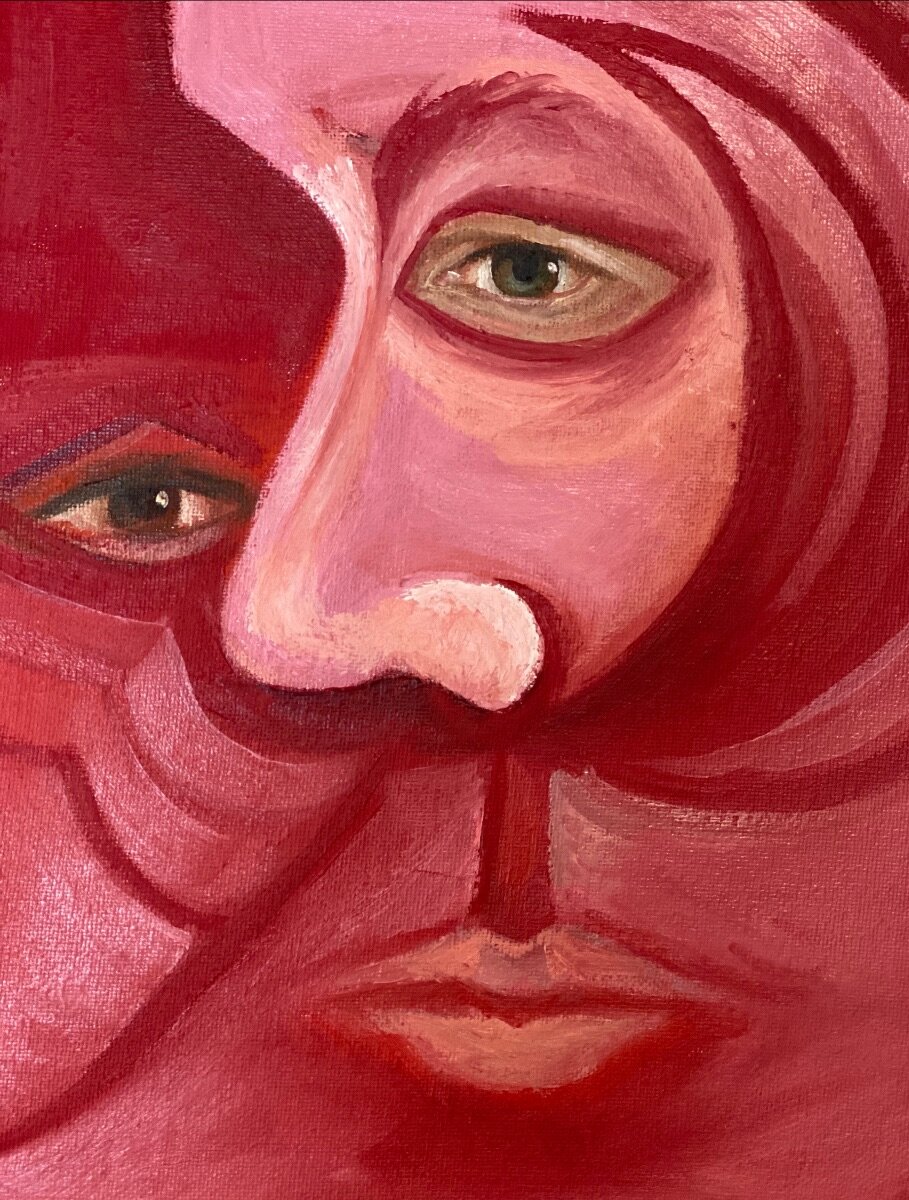Shane Guffogg: Self-Portraits, Part 4
(conversation between Victoria Chapman and Shane Guffogg continues)
Previously we discussed the work of Henri Matisse and Pablo Picasso. In Part 4, we dive into self-portraits by Frida Kahlo and Francis Bacon. This is an important discovery in the history of portraiture. Guffogg and I weave in and out of each artist's life, understanding how they arrived.
VC: Frida Kahlo (1907-1954) was an artist who had incredible merit. By following her impulses she transcended her own life. She is well-known for her self-portraits, of which she painted around sixty. These portraits helped her find freedom and escape herself. As a child, Kahlo contracted polio. At age 19 she was in a traffic accident that left her with a broken spine, pelvis, and collarbone, as well as a crushed foot. This grueling event would change the course of her life; her plans to become a doctor were shattered. She was permanently crippled and at times bedridden for months on end. Throughout her recovery, she found painting to be her saving grace. Eventually, she placed mirrors around her room, delicately painting herself to pass the time and the onslaught of endless pain. Kahlo went on to develop her artwork in this manner. When her health improved she sought out muralist Diego Rivera to see her work. He simultaneously recognized her talent and fell in love with her. Kahlo and Rivera would eventually marry. They began traveling around together for Rivera’s many mural commissions, visiting San Francisco, Detroit, and New York, before returning back to Mexico. Kahlo would continue to create paintings describing her life, which included countless surgeries, questions about identity, and the endless suffering of Rivera’s infidelity. These topics were reoccurring themes found in her compositions. The painting “The Two Fridas” (1939) displays two images of Kahlo. She made this painting after a separation from Rivera; the two Fridas represented the Kahlo that Rivera loved and the one that he rejected. Kahlo would often wear traditional Mexican or Tehuana clothes, adorned with fresh flowers in her hair and abundant jewelry on her fingers and wrists – this was the feminine Frida Rivera adored. But when Kahlo suffered from Rivera’s infidelity, she would often cut her hair short and dress in men's clothing – this was the Frida Rivera did not like. In her painting, there are two Fridas holding hands and showing their hearts, one donning ornate attire and the other dressed more casually. Their hearts are connected by a vein, however, the ornately dressed Frida is cutting a secondary vein off of her own heart.
Read More